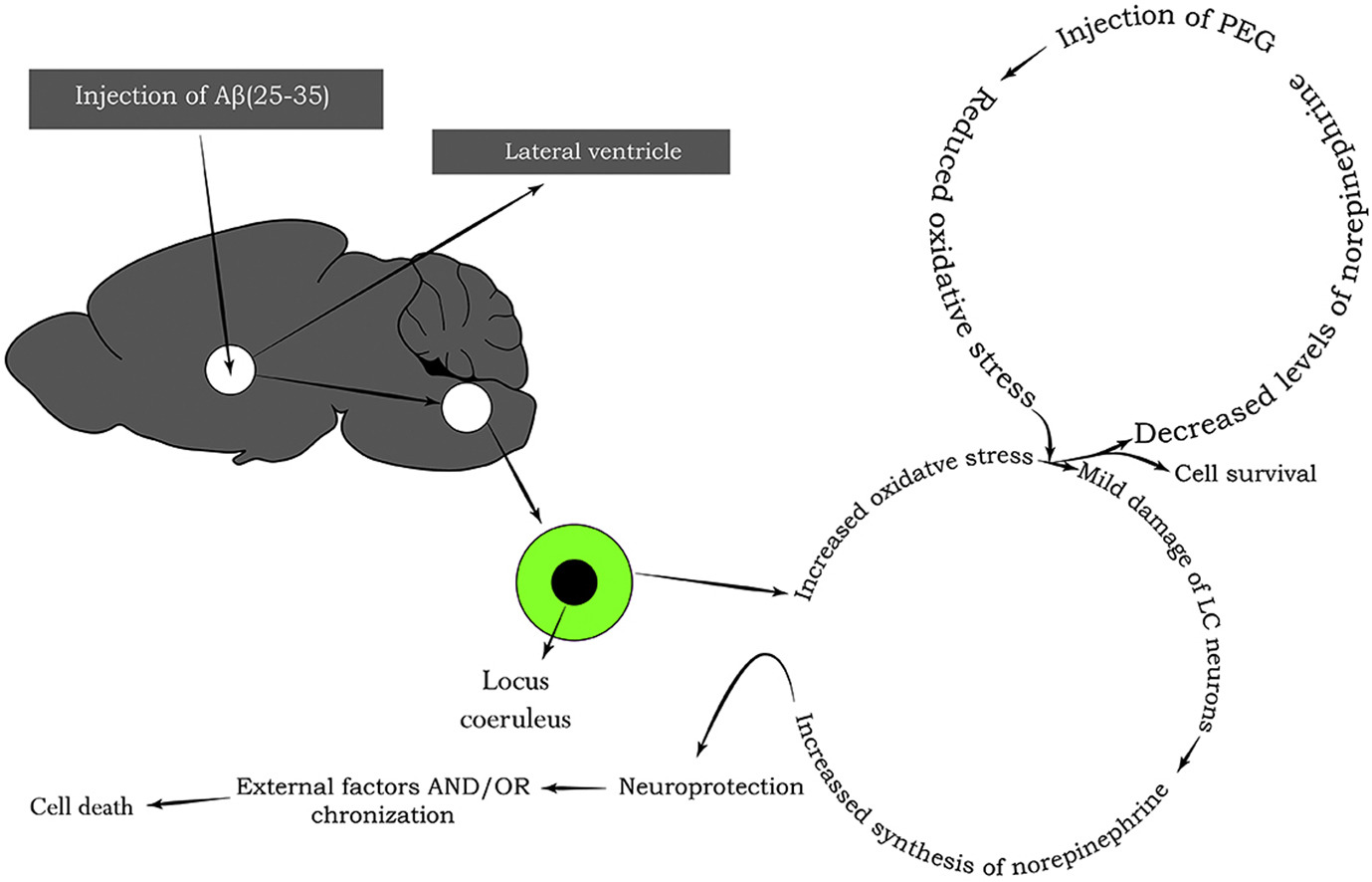We would like to inform you, that our co-authored article entitled “Alzheimer’s disease-like pathology-triggered oxidative stress, alterations in monoamines levels, and structural damage of locus coeruleus neurons are partially recovered by a mix of proteoglycans of embryonic genesis “, which has been published at Neurochemistry International, draws attention to the amyloid betta triggered oxidative stress and it’s alleviation via the mix of proteoglycans of embryonic genesis.
Abstract
Alzheimer’s disease (AD) pathogenesis includes oxidative damage and perturbations of monoamines. However, as many details of these alterations are not known, we have investigated the changes in monoamine levels as well as the free radical oxidation processes (FRO) in the brainstem of rats that were administered i.c.v. Aβ (25–35) (rat model of AD-like pathology). The level of oxidative stress was found elevated in the brainstem along with the increased concentrations of monoamines, especially norepinephrine in the locus coeruleus (LC) area of the brainstem. This was accompanied by the substantial structural damage of monoaminergic neurons of LC. In addition, we have tested the ability of proteoglycans of embryonic genesis (PEG) that were shown previously to act as neuroprotectors, to restore the AD-triggered alterations in monoaminergic system and FRO. Indeed, PEG reduced the increased FRO and upregulated monoamines in the brainstem of Aβ (25–35) treated animals. Administration of PEG to control animals led to the increase of the antioxidant capacity as well as the intensity of free radical oxidation processes.
Our study confirms the important role of the brainstem FRO and monoamine shifts in AD development along with the known aggregation of Ab peptide and Tau hyperphosphorylation. We suggest that at the early stages of AD development, with still functional neurons, regulation of monoamine levels via stabilizing FRO processes can be beneficial. Our data demonstrate the regulatory action of PEG on the monoamine disturbances and the level of oxidative stress in the AD damaged structures, suggesting its possible therapeutic application in AD.
